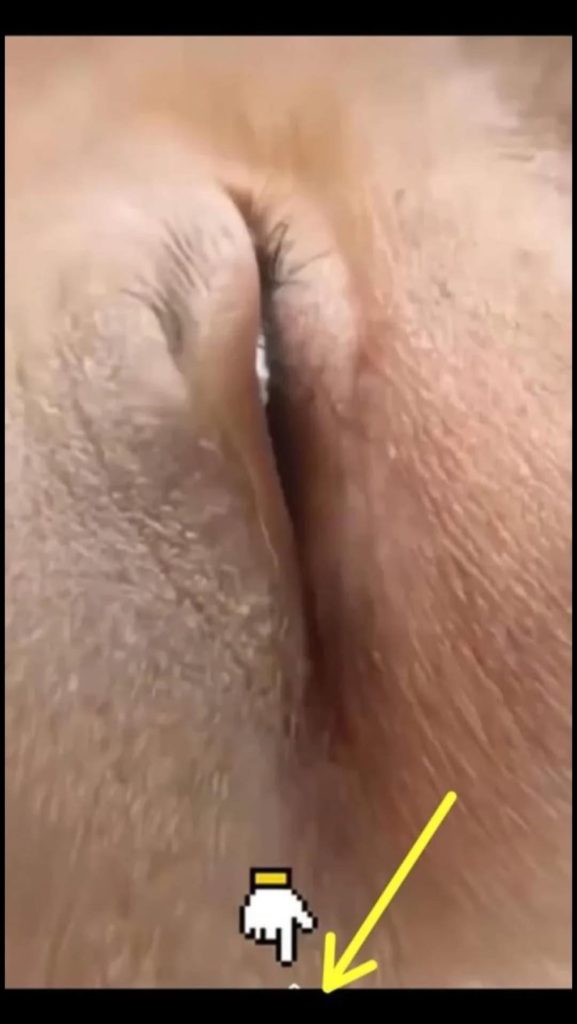Whether it’s a speck of dust, an eyelash, or an elusive piece of sand, having something in your eye is uncomfortable at best—and downright painful at worst. That gritty, irritating sensation can quickly become a source of panic. But before you start rubbing your eyes or grabbing tweezers (please don’t!), it’s essential to understand the safest ways to remove the intruder without causing harm to your eye.
In this article, we’ll guide you step-by-step through what to do when something gets into your eye, what not to do, when to seek medical help, and how to prevent future incidents. Let’s get into it—eye first!
👁️ Common Culprits: What Might Be in Your Eye?
Foreign objects in the eye can come from just about anywhere, especially if you’re outdoors, doing DIY work, or even applying makeup. Some common offenders include:
-
Eyelashes
-
Dust or dirt
-
Sand or grit
-
Small insects
-
Pollen
-
Metal or wood shavings (especially dangerous)
-
Chemical splashes (e.g., cleaning agents or shampoo)
Not all foreign bodies are equal. A small eyelash is often harmless, but a shard of metal or drop of bleach can be a medical emergency. The key is knowing how to assess the situation.
🛑 First, What NOT to Do
When something gets in your eye, the natural response is to rub it or reach in blindly. Resist the urge! Here’s what you should avoid:
-
Don’t rub your eye. This can scratch your cornea or push the object deeper.
-
Don’t use sharp objects. No tweezers, toothpicks, or cotton swabs near the eyeball.
-
Don’t wear contact lenses. If you wear them, remove them before trying to rinse your eye.
-
Don’t ignore symptoms. Persistent pain, blurry vision, or feeling like something is still in your eye after rinsing could indicate a more serious issue.
✅ Safe Ways to Get It Out
Here’s a step-by-step guide to safely remove something from your eye:
🔹 1. Wash Your Hands
Before touching your face or eye, scrub your hands thoroughly with soap and water to avoid introducing bacteria.
🔹 2. Blink Rapidly
Sometimes the simplest method is the most effective. Blink several times to stimulate tears and see if the object washes out naturally.
🔹 3. Flush with Clean Water or Saline
Use an eye cup, sterile saline solution, or clean lukewarm water:
-
Tilt your head sideways over a sink.
-
Hold your eye open with clean fingers.
-
Pour water from the inner corner of your eye outward.
For children, try using a damp, clean washcloth or rinsing their eye in the shower.
🔹 4. Use Gravity and a Mirror
If you can see the object (like an eyelash) on the white part of your eye:
-
Look in a mirror in bright light.
-
Gently pull down your lower eyelid or lift your upper eyelid to find the object.
-
Use a clean tissue or the corner of a damp cotton swab to lightly touch and remove it—but only if it’s easily accessible.
🔹 5. Pull the Upper Eyelid Over the Lower
This can sometimes dislodge an object stuck under the upper lid:
-
Look down.
-
Pull your upper eyelid over the lower eyelid.
-
Blink several times and see if the irritation goes away.
🚨 When to Seek Medical Attention
If the object doesn’t come out easily or symptoms persist, it’s time to call a professional. Seek emergency care if you experience:
-
Persistent pain or redness
-
Blurred or double vision
-
A feeling that something is still in your eye after flushing
-
Difficulty opening your eye
-
Visible injury or bleeding
-
Chemical exposure
-
Metal or glass embedded in the eye
Do not attempt to remove embedded objects yourself.
🧴 What About Chemicals or Sprays?
If you get chemicals in your eye, immediate flushing is critical. Use an emergency eye wash station if available, or rinse with clean water for at least 15–20 minutes. Then go straight to the emergency room. Even mild chemicals can cause severe damage.
🛡️ Prevention Tips
They say prevention is better than cure, and it couldn’t be truer for eye safety. Here’s how to minimize your risk:
-
Wear protective eyewear during construction, yard work, or when using chemicals.
-
Avoid rubbing your eyes—especially with dirty hands.
-
Use proper safety gear at work or during sports.
-
Handle makeup carefully and discard old or dried-out products.
-
Take care with fans, AC vents, or open windows—they can blow particles directly into your eyes.


